Master the simple homestead way to make a perfectly poached egg. Fresh eggs, gentle heat, and an easy method for that golden, runny yolk.
For years, I avoided poaching eggs because I thought it was something only fancy chefs did. I’d seen those glossy brunch photos with a perfectly poached egg sitting on avocado toast or Eggs Benedict, and I figured there must be some secret restaurant trick behind it. Turns out, there isn’t. Just a few simple steps and a bit of patience.
I still remember the first time I tried it. I ended up with watery whites floating everywhere and a broken egg yolk that looked more like soup than breakfast. But I made a few adjustments, like watching the water temperature and using a fine-mesh strainer. I finally learned how to make the best poached egg right here in my farmhouse kitchen.
Now, it’s one of my favorite ways to enjoy our freshest eggs from the coop.
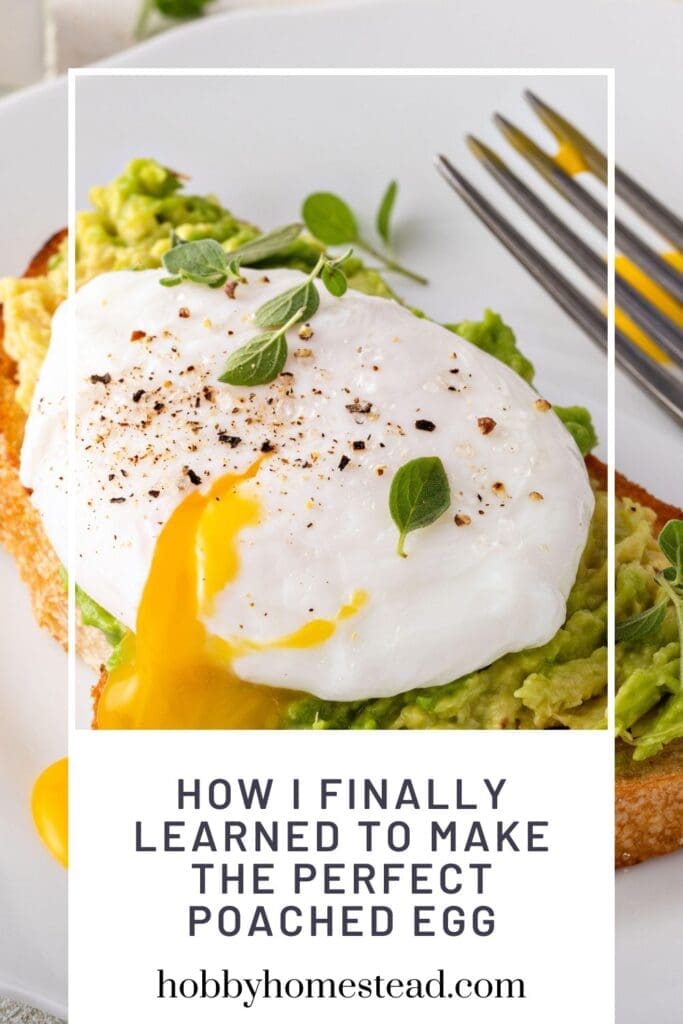
Why Poached Eggs Are Worth Learning
There’s something special about taking a simple ingredient and turning it into something beautiful. A poached egg has a tenderness you just can’t get from a fried egg or scrambled egg. The egg whites are soft and silky, and when you cut into that runny yolk, it creates its own golden sauce.
They’re perfect for a quick breakfast on a piece of toast, added to grain bowls, or even as a protein boost on a bed of garden greens. Once you’ve learned this easy method, you might find yourself making them all the time.
How I Finally Learned to Make the Perfect Poached Egg
As an Amazon Associate I earn from qualifying purchases.
Equipment
Ingredients
- 2 Large Fresh Eggs
- 4 Inches Water
- Optional: small splash of vinegar if using older eggs
Instructions
Step-by-Step: How to Poach an Egg the Simple Way
- Heat the water. Fill your pot with about 3–4 inches of water and bring it to a gentle simmer. The water temperature should be around 190°F if you’re using a thermometer.4 Inches Water, Optional: small splash of vinegar if using older eggs
- Not a full boiling water situation. You’ll know it’s right when you see little bubbles forming on the bottom of the pan and slowly rising.
- Crack the egg. Crack your egg into a small bowl or first. This makes it easier to slide into the water later without breaking the yolk.2 Large Fresh Eggs
- Make a gentle swirl. Use a wooden spoon to stir the simmering water in one direction. When you see a small whirlpool form, the center of the vortex, that’s where your egg will go.
- Carefully slide the egg from your bowl into the center of the vortex. The swirling water wraps the white around the yolk.
- Cook to your liking. Let it cook undisturbed for about 3–4 minutes for a runny yolk, or a little longer if you prefer a firmer yolk.
- Remove and drain. Use a slotted spoon to lift the egg out gently. Rest it on a few paper towels to absorb any extra moisture.
Notes
Tips from the Homestead Kitchen
Use the freshest eggs you have. Older eggs tend to have watery whites that spread out in the pan. Older eggs can still work. If your eggs are a few days old, try pouring the raw egg through a fine-mesh strainer to remove the thin liquidy white. You’ll be left with the part that makes firmer whites and that beautiful shape. Keep the water at a gentle simmer. If it starts boiling, the egg whites can get ragged. No vinegar needed. Fresh eggs hold together on their own. Poaching for later? Slip cooked eggs into a bowl of cold water, then reheat them in hot water for 30 seconds before serving.Nutrition
How to Serve Poached Eggs
On the homestead, we like to keep things simple. Sometimes I’ll serve a poached egg over a slice of sourdough toast with a little butter and salt.
Other days, it tops a bowl of sautéed spinach and potatoes from the garden. And of course, it’s perfect for Eggs Benedict on a lazy Sunday morning.
Try one on avocado toast, tuck it into a breakfast sandwich, or add it to a bowl of grains and veggies for an easy, nourishing meal.
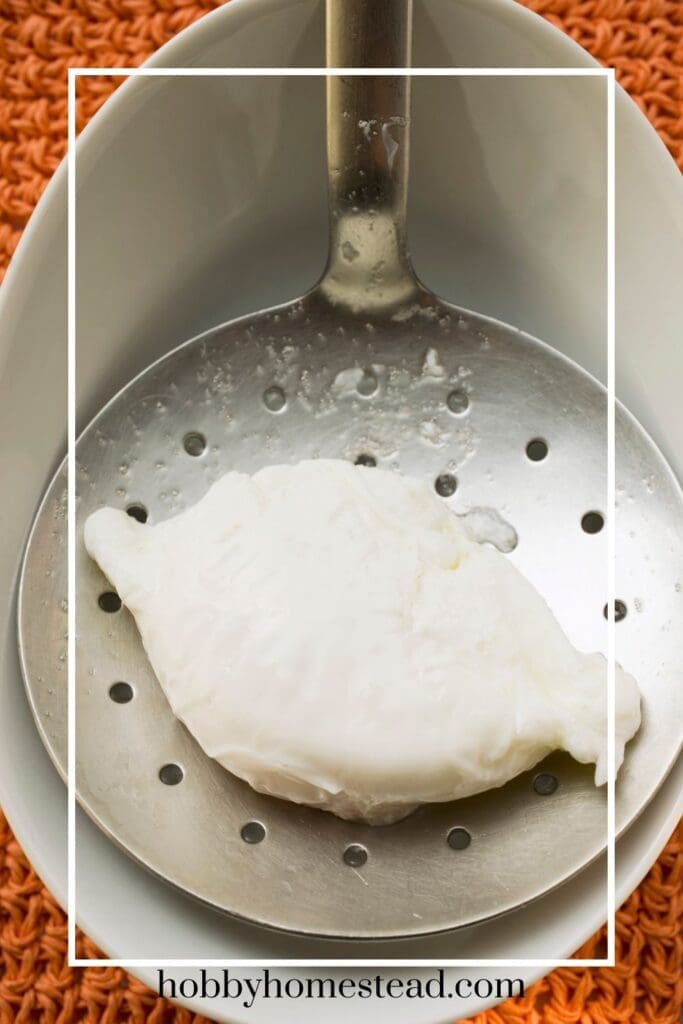
Storing Leftover Poached Eggs
Sometimes you make more poached eggs than you can eat at once. Or maybe you want to prep a few ahead for a busy morning. The good news is that poached eggs store surprisingly well if you handle them carefully.
How to Store
- Cool them quickly
After cooking, place the poached eggs in a bowl of cold water. This stops the cooking process and keeps the egg yolk from getting too firm. - Refrigerate
Once cooled, you can leave the eggs in the same bowl of water or transfer them to a small airtight container. Cover tightly and store in the fridge for up to 2 days. - Reheat gently
To enjoy later, bring a pot of hot water (not boiling) and gently slide in the chilled eggs for 30–60 seconds. Use a slotted spoon to remove them — they’ll be just as silky and runny as when freshly poached.
Tips & Tricks
- Don’t store them at room temperature. Poached eggs are perishable.
- Don’t reheat in the microwave, as this can overcook the egg whites and make the yolk grainy.
- If you’re using them for Eggs Benedict or avocado toast, reheat right before serving for the best presentation.
With these tips, you can prep poached eggs in advance and still enjoy that perfectly poached egg texture without losing any of the silky egg whites or runny yolks.
Can I poach eggs without vinegar?
Yes! If your eggs are really fresh, the whites hold together on their own. Vinegar can help slightly older eggs stay compact, but it’s not necessary.
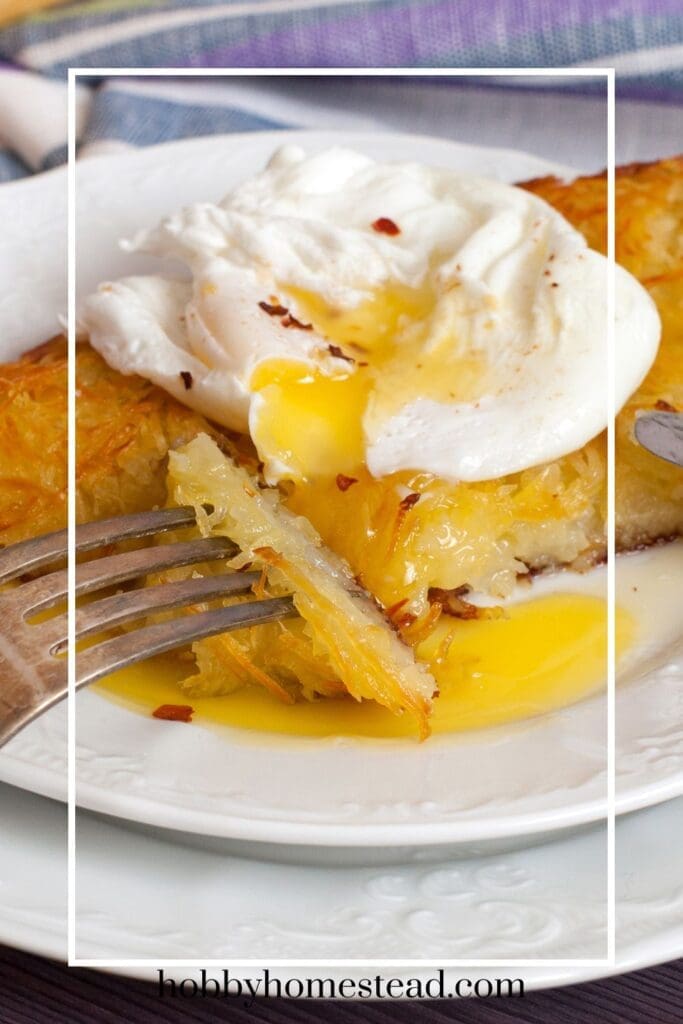
Do I need a fancy egg poacher?
Not at all! A medium pot of water, a small bowl, and a slotted spoon are all you need.
How can I make multiple poached eggs at once?
Use a large pot and leave plenty of space between eggs. Cook in batches if needed. Making the gentle vortex by stirring with a spoon helps shape each egg.
It’s time for you to try making poached eggs too
If you’ve never tried making poached eggs at home, give it a go. Even if it’s your first time. The only thing you really need is a little patience and a gentle boil. Before long, you’ll be able to tell by sight when your egg has just the right texture.



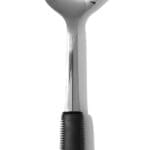
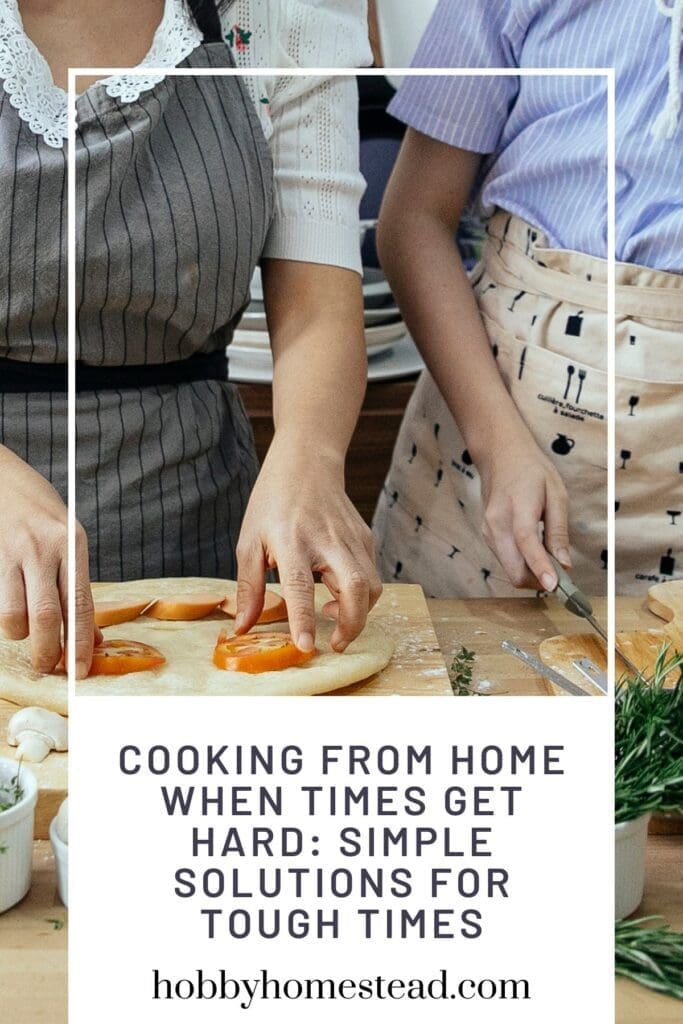

This is a simple way to make poached eggs look beautiful.